#Roman antiquities
Explore tagged Tumblr posts
Text

Central panel of a mosaic floor with the head of Medusa, 1st - 2nd century CE. Baths of Diocletian, Rome.
#mosaic#ancient rome#ancient art#antiquities#diocletian#art#fine art#artwork#art on tumblr#art of the day#rome#snakes#antiquity#mosaic floor#medusa art#ancient roman#ancient roman art#roman antiquities#gorgon#medusa
84 notes
·
View notes
Text
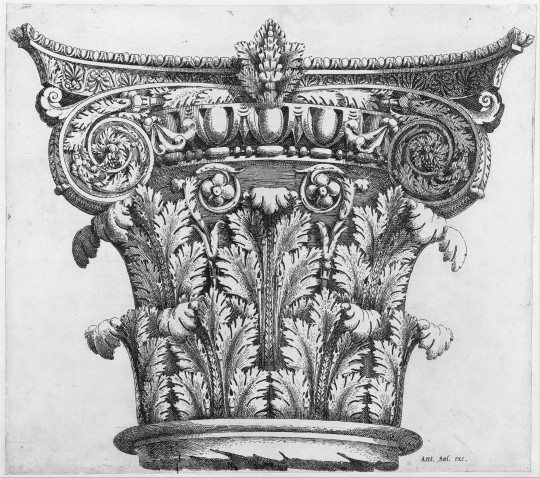
Capital of Composite Order, from Speculum Romanae Magnificentiae (Mirror of Roman Magnificence), Léon Davent after Francesco Primaticcio, mid-16th century
Speculum Romanae Magnificentiae was a collection of prints of Roman antiquities assembled by the publishers Antonio Salamanca and Antonio Lafreri beginning in 1540 to sell to tourists and collectors.
#art#art history#Léon Davent#Francesco Primaticcio#print#engraving#Speculum Romanae Magnificentiae#Ancient Rome#antiquities#Roman antiquities#column capital#Italian art#French art#16th century art#Metropolitan Museum of Art#b&w
77 notes
·
View notes
Photo

Roman statue
National Museum of Denmark, Department of Classical and Near Eastern Antiquities
#history#history museum#national museum of denmark#roman history#roman antiquities#classical artifacts#classical statues#roman statues#historyblr#department of classical antiquities#danish history museum
7 notes
·
View notes
Text
The one on the right looks so contemporary.

~ Portrait of two brothers.
Period: Roman Period
Place of origin: Hawara, Fayum
Medium: Cedar wood with encaustic painting
6K notes
·
View notes
Text


adam and eve apple. quote translates to “I am your half”
#arqueologia#archaeologylovers#ancientcivilization#museum#art#history#photography#archaeological#antiquities#arte#archaeologylife#archeology#ancient#archaeologist#archaeology#antiquity#artifacts#archeologie#historical#culture#sculpture#artlovers#ancientruins#roman#ologie#mythology#photooftheday#archeotravel#arch#archeologicalsite
6K notes
·
View notes
Text
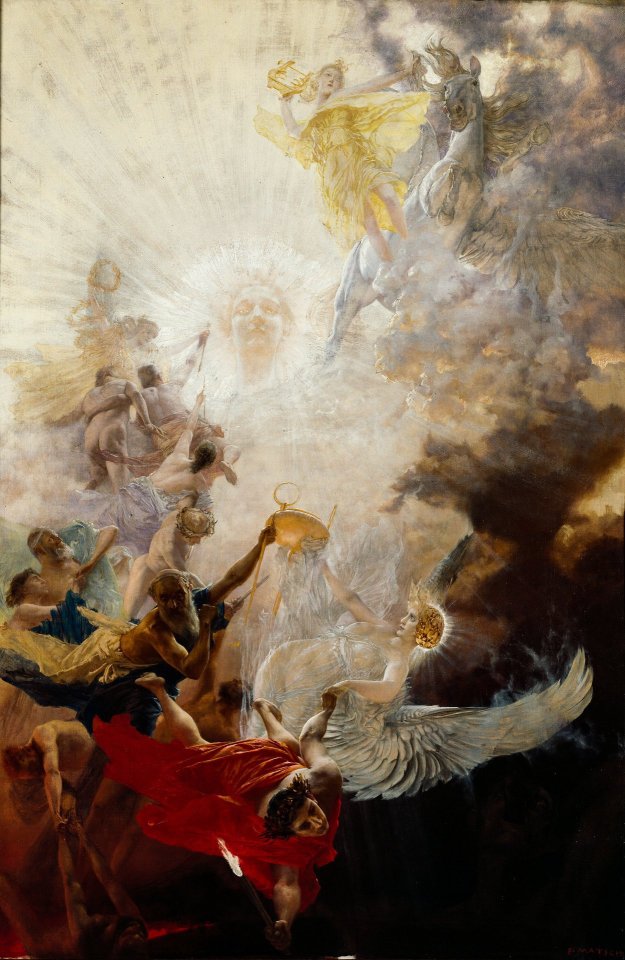
The Triumph of Light over Darkness by Franz von Matsch
#franz von matsch#art#light#darkness#supernatural#pagan#paganism#religious art#religion#gods#goddess#goddesses#torch#horse#wings#europe#european#classical antiquity#ancient greek#greek mythology#roman mythology#ancient rome#classical#classicism#sun#clouds#mythical creatures#winged horse#day#night
2K notes
·
View notes
Text
Child's Sock from Egypt, c.250-350 CE: this colorful sock is nearly 1,700 years old

This sock was discovered during excavations in the ancient city of Oxyrhynchus. It was likely created for a child during the late Roman period, c.250-350 CE.
Similar-looking socks from late antiquity and the early Byzantine period have also been found at several other sites throughout Egypt; these socks often have colorful, striped patterns with divided toes, and they were crafted out of wool using a technique known as nålbinding.

Above: a similar child's sock from Antinoöpolis, c.250-350 CE
The sock depicted above was created during the same period, and it was found in a midden heap (an ancient rubbish pit) in the city of Antinoöpolis. A multispectral imaging analysis of this sock yielded some interesting results back in 2018, as this article explains:
... analysis revealed that the sock contained seven hues of wool yarn woven together in a meticulous, stripy pattern. Just three natural, plant-based dyes—madder roots for red, woad leaves for blue and weld flowers for yellow—were used to create the different color combinations featured on the sock, according to Joanne Dyer, lead author of the study.
In the paper, she and her co-authors explain that the imaging technique also revealed how the colors were mixed to create hues of green, purple and orange: In some cases, fibers of different colors were spun together; in others, individual yarns went through multiple dye baths.
Such intricacy is pretty impressive, considering that the ancient sock is both “tiny” and “fragile."
Given its size and orientation, the researchers believe it may have been worn on a child’s left foot.

Above: another child's sock from Al Fayyum, c.300-500 CE
The ancient Egyptians employed a single-needle looping technique, often referred to as nålbindning, to create their socks. Notably, the approach could be used to separate the big toe and four other toes in the sock—which just may have given life to the ever-controversial socks-and-sandals trend.
Sources & More Info:
Manchester Museum: Child's Sock from Oxyrhynchus
British Museum: Sock from Antinoupolis
Royal Ontario Museum: Sock from Al Fayyum
Smithsonian Magazine: 1,700-Year-Old Sock Spins Yarn About Ancient Egyptian Fashion
The Guardian: Imaging Tool Unravels Secrets of Child's Sock from Ancient Egypt
PLOS ONE Journal: A Multispectral Imaging Approach Integrated into the Study of Late Antique Textiles from Egypt
National Museums Scotland: The Lost Sock
#archaeology#artifact#history#anthropology#child's sock#ancient textiles#ancient egypt#roman egypt#fabric arts#knitting#fashion#naalebinding#art#classical antiquity#children in archaeology#natural dyes#wool#yarn#ancient clothing#children#roman#sewing#egyptology#cute little stripy socks
2K notes
·
View notes
Text
Beautiful

Glass Funeral Urns
Roman, 1st-2nd century AD
Musée de la Romanité, Nîmes
861 notes
·
View notes
Text
On the one hand, slavery represented the most radical rural degradation of labour imaginable - the conversion of men themselves into inert means of production by their deprivation of every social right and their legal assimilation to beasts of burden: in Roman theory, the agricultural slave was designated an instrumentum vocale, the speaking tool, one grade away from the livestock that constituted an instrumentum semi-vocale, and two from the implement which was an instrumentum mutum. On the other hand, slavery was simultaneously the most drastic urban commercialization of labour conceivable: the reduction of the total person of the labourer to a standard object of sale and purchase, in metropolitan markets of commodity exchange.
— Perry Anderson (1974), Passages from Antiquity to Feudalism, pp. 24-25
I always knew that the Roman Empire probably wasn’t great to live in for a variety of reasons but reading about the obscene amounts of chattel slavery they were doing is really driving home why all the fascist guys on twitter are obsessed with this period of history
#book club#I mean Anderson is describing a lot of city-states in Antiquity in Europe during this time so it’s not exclusive to the Romans#but still. I wasn’t aware how widespread chattel slavery was. Like I thought it was a more modern invention
727 notes
·
View notes
Text



Ancient Roman sarcophagus depicting the myth of Selene and Endymion, 3rd Century CE.
Galleria Doria Pamphilj, Rome
Feb. 2024
#sarcophogus#ancient rome#ancient sculpture#ancient art#rome#roma#tomb#original photography#photography#taphophile#taphophilia#lensblr#photographers on tumblr#ancient roman#relief#museum#artifact#archaeology#ancient history#antiquity#wanderingjana
779 notes
·
View notes
Text

A Roman Gold Snake Armlet,
Circa 1st Century B.C.-1st Century A.D.
4 3/8 in. (11.3 cm.) wide.
Courtesy: Christies
#art#history#design#style#archeology#sculpture#antiquity#collectors#christie's#snake#bracelet#roman#gold#armlet#1st century#happy new year#lunar new year
491 notes
·
View notes
Text

Ancient Roman Belt with Central Medallion (detail)
About A.D. 379–395
Gold, enamel, sapphire, emerald, garnet, and glass
#ancient art#ancient jewelry#jewelry#ancient roman art#ancient rome#gold#gold jewelry#antiquities#roman antiquities#art#artwork#jewels#sapphire#emerald#belt#belt buckle#medallion#getty museum#getty villa
34 notes
·
View notes
Text
Amazing glassware from 1st century ad.
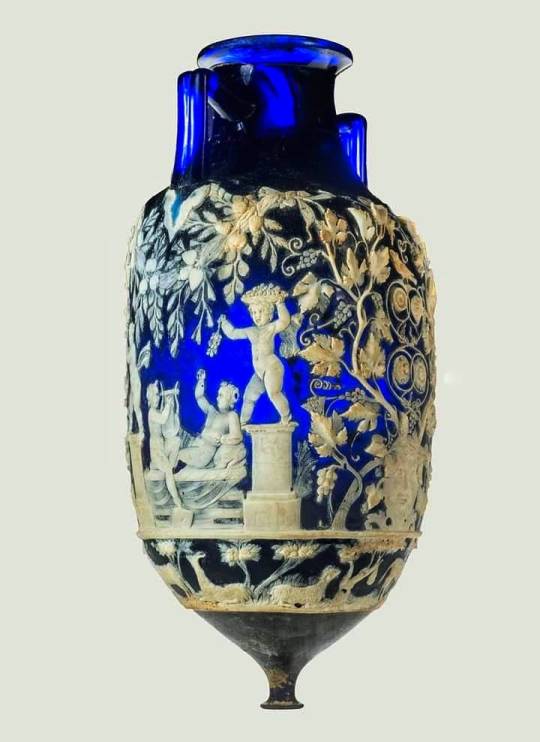
Il bellissimo vaso blu del I secolo d.C. conservato nel Museo Archeologico di Napoli
Decorato utilizzando la tecnica del vetro cammeo: ad uno strato di vetro blu cobalto, molto intenso, veniva aggiunto un secondo strato di vetro opaco, asportato poi in alcune zone in modo da formare un disegno dal colore bianco in forte contrasto con il blu dello sfondo.
La scena che rappresenta è legata al dio Dioniso, divinità del vino e dell’ebrezza.
79 notes
·
View notes
Text

Mosaic covered alcove.
Mausoleum of Galla Placidia. 5th century
Ravenna
Jan 2017
#Mausoleum of Galla Placidia#mosaic#late antiquity#ancient rome#ancient roman#roman architecture#original photography#italy#italia#ravenna#photography#travel#photographers on tumblr#lensblr#architecture#historical architecture#church#mausoleum#ancient art#early christianity#religious architecture#religious art#religious imagery#wanderingjana
412 notes
·
View notes
Text
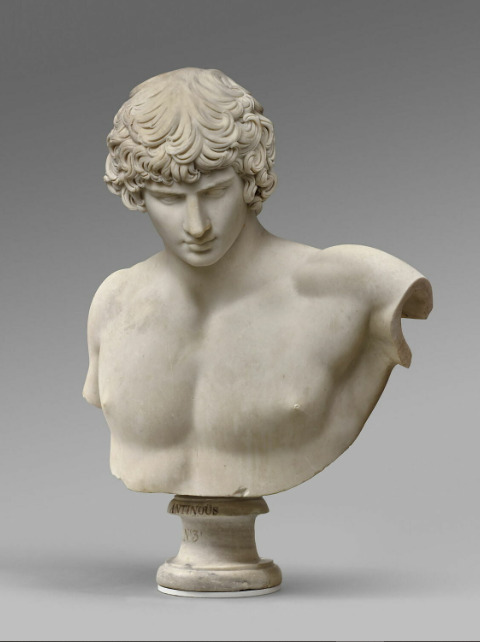
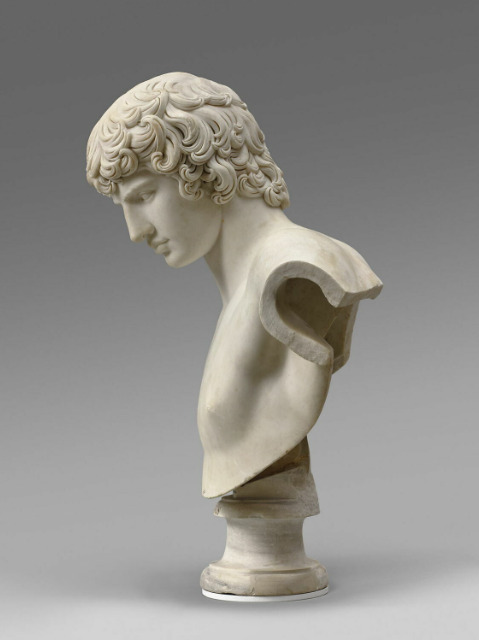
Antinous, XVIII century
#louvre museum#antinous#art history#art#aesthethic#xviii century#ancient rome#roman empire#emperor hadrian#hadrian#marble#bust#statue#homoerotic art#gay history#antiquity
741 notes
·
View notes
Text

Roman gold snake ring, 1st century AD
#1st century ad#snake ring#snake jewelry#gold jewelry#gold rings#antique jewelry#ancient jewelry#ancient civilizations#ancient cultures#ancient art#ancient history#ancient#gold#snake#artifact#antiquities#antique#toya's tales#style#toyastales#toyas tales#fashion#art#november#fall#animal jewelry#reptile#ancient rome#roman#rome
264 notes
·
View notes